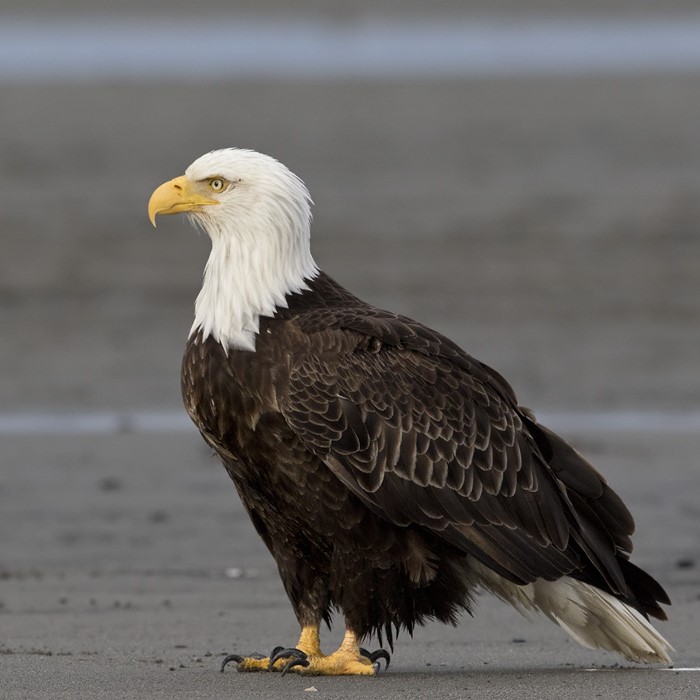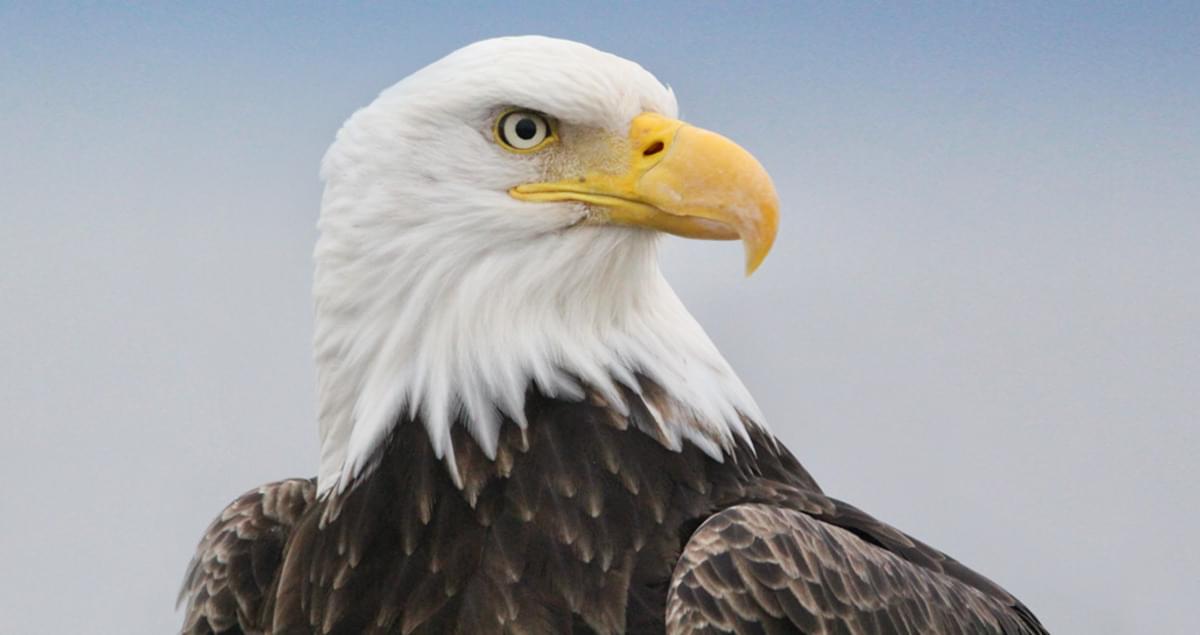The Bald Eagle (Haliaeetus leucocephalus) is far more than just a bird; it is a powerful emblem of freedom, strength, and the enduring spirit of the United States of America. Declared the national bird and symbol in 1782, the bald eagle has since become deeply ingrained in American identity, appearing on official seals, currency, military insignias, and patriotic art across the nation.
Physical Characteristics
Despite its name, the bald eagle is not actually bald. The term “bald” originates from an older English word “balde,” meaning white. Adult bald eagles have a striking white head and tail that contrast dramatically with their dark brown body and wings. Their large, hooked yellow beak, powerful talons, and piercing eyes give them a majestic and formidable appearance. They can grow to a wingspan of up to 7.5 feet (2.3 meters) and weigh between 6.5 to 14 pounds (3 to 6.3 kilograms).
Habitat and Range
Bald eagles are native to North America and are most commonly found near large bodies of open water, such as lakes, rivers, and coastal habitats. These environments provide them with abundant fish, their primary food source. They build massive nests—some as wide as 8 feet and weighing up to a ton—usually high in tall trees or on cliffs.
They can be seen across the United States, particularly in Alaska, which hosts the largest population. They are also found in parts of Canada and northern Mexico.
Symbolism and National Importance
The bald eagle was officially chosen as the emblem of the United States on June 20, 1782, when the Great Seal of the United States was adopted. The Founding Fathers admired the eagle’s independence, nobility, and long life. In the Great Seal, the bald eagle is depicted clutching an olive branch in one talon—representing peace—and a bundle of 13 arrows in the other—representing war and readiness to defend freedom. This dual symbolism captures the balance the nation seeks between diplomacy and strength.
President John F. Kennedy once stated, “The fierce beauty and proud independence of this great bird aptly symbolizes the strength and freedom of America.” It is this very image of freedom, courage, and sovereignty that the bald eagle continues to represent today.
Conservation and Recovery
Ironically, despite its revered status, the bald eagle was once on the brink of extinction. By the mid-20th century, due to habitat destruction, hunting, and especially the use of the pesticide DDT, the bald eagle population had plummeted. By 1963, only around 400 nesting pairs remained in the lower 48 states.
However, aggressive conservation efforts, including the banning of DDT in 1972 and the Bald and Golden Eagle Protection Act, helped the species make a remarkable comeback. By 2007, the bald eagle was officially removed from the U.S. federal list of endangered and threatened species. Today, tens of thousands of bald eagles soar across the skies of North America, a testament to successful wildlife conservation.
Cultural and Patriotic Significance
Beyond its official uses, the bald eagle has become a widely recognized symbol of American patriotism and pride. It features prominently in military logos, government documents, political campaigns, and patriotic merchandise. To many Americans, the image of a bald eagle soaring high above the mountains or rivers evokes a deep sense of national pride and the values that the country stands for—freedom, courage, resilience, and honor.



